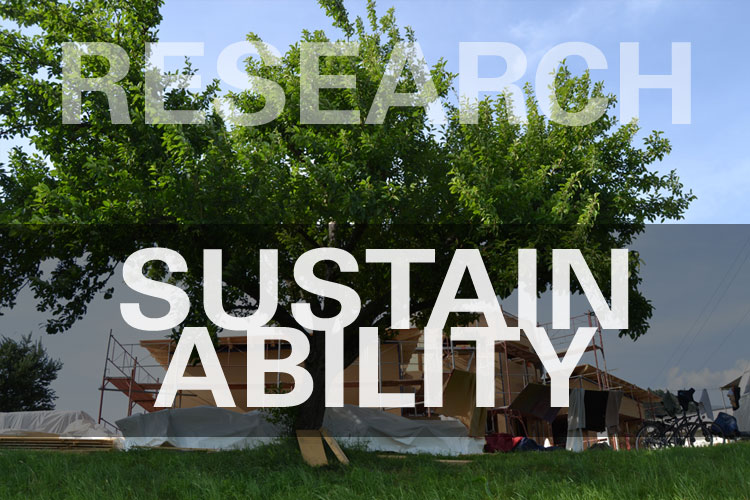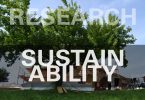The contribution of embodied energy (EE) and greenhouse gas emissions to building materials and structures has been recognized as significant, especially for nearly zero-energy-efficient buildings. The aim of this paper is to evaluate the composition of non-transparent structures of building envelopes from energy and environmental perspectives using the life-cycle assessment method. The study assesses environmental indicators such as EE from non-renewable resources and CO2eq and SO2eq emissions from proposed assemblies of building structures for nearly-zero energy wooden houses. Material compositions are also calculated in terms of selected thermal-physical aspects (U-value, phase shift of thermal oscillation, relaxation time) to ensure the reduction of energy consumption during building operation. All results are compared using a multi-dimensional evaluation approach through mathematical methods. The multi-criteria decision analysis demonstrates that material optimization of building structures is possible to ensure a marked reduction of the energy consumption and carbon footprint of buildings.
Authors:
- Vilčeková, Silvia
- Čuláková, Monika
- Burdová, Eva Krídlová
- Katunská, Jana


